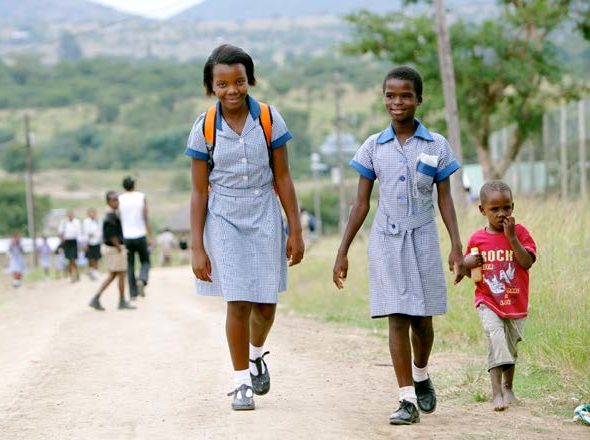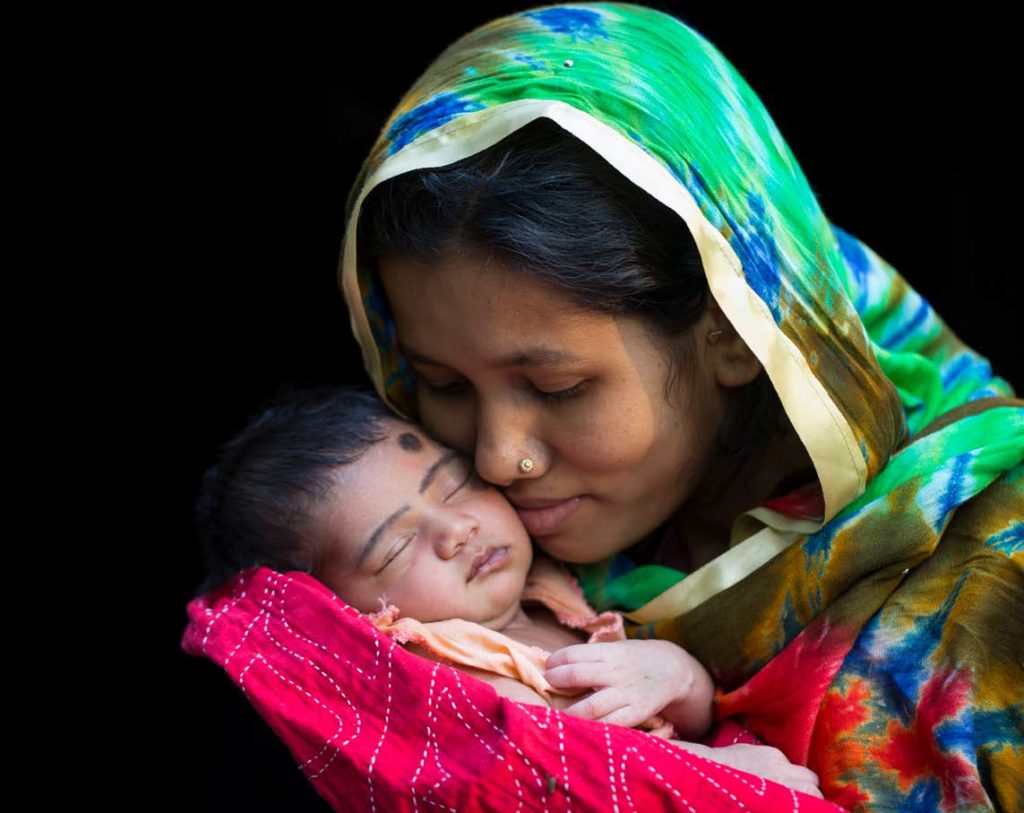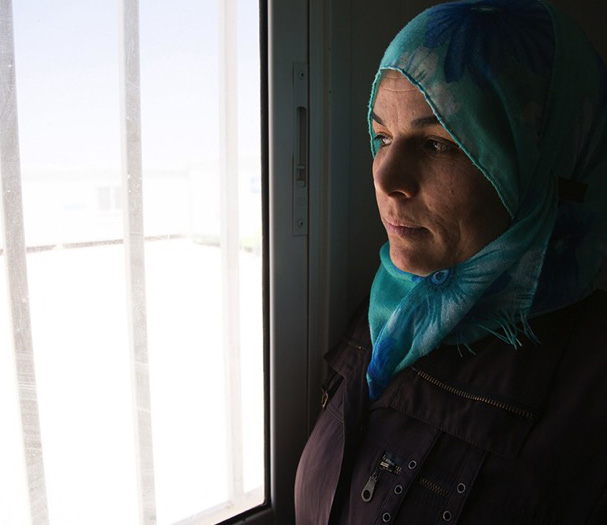REDUCING VIOLENCE THROUGH GREATER ECONOMIC SECURITY
Women and children in low-income households face increased risk of violence. Economic transfers—cash or food delivered on a regular basis to households—are increasingly popular tools to reduce poverty and protect families from economic shocks such as crop loss, costly illnesses, or humanitarian crises. Globally, 44 percent of all individuals and 56 of the poorest receive some form of social protection. Economic transfers to poor families appear to reduce levels of intimate partner violence (IPV), and to a lesser extent, violence against children, even though they were not designed explicitly with violence reduction in mind.
This page gives key resources and selected examples.
Poverty and economic insecurity may contribute to violence by:
- Increasing household stress
- Provoking conflict over the use of scarce resources
- Inducing shame in men for their inability to provide for the family
- Exacerbating other risk factors, such as poor educational outcomes, poor health, and lack of access to support resources
Unequal gender relations and rigid norms position women and their children as financially dependent on men and make men feel solely responsible for providing economically for the family. When a man is unwilling or unable to meet this expectation, conflict and recriminations can ensue. Some men respond violently as a way to overcome feelings of inadequacy and reassert authority in the family.
“ECONOMIC TRANSFER PROGRAMMES HOLD ENORMOUS POTENTIAL FOR VIOLENCE PREVENTION BECAUSE THEY TOUCH THE LIVES OF SO MANY FAMILIES. EVEN MODEST REDUCTIONS IN IPV ACHIEVED THROUGH TRANSFER PROGRAMMES CAN HAVE MEANINGFUL IMPACTS ON VIOLENCE, GIVEN THEIR WIDESPREAD COVERAGE, SCALABILITY, AND COST-EFFECTIVENESS.”
LORI HEISE, TECHNICAL DIRECTOR, PREVENTION COLLABORATIVE
While generally not designed specifically to address violence, economic transfers appear to reduce IPV in many settings, especially when transfers are predictable, ongoing, and of sufficient size.
Transfers reduce IPV through three primary pathways:
- Improving the economic security and emotional well-being of the household
- Reducing conflict between adult family members
- Increasing women’s empowerment
For a deeper dive, see Cash Transfers and IPV Brief.
Which design features might maximise the impact on IPV? More research is needed to identify the impact of, for example:
- Who receives the transfer
- The amount, frequency, and method of transfer
- The messaging around the transfer
- Whether the programme includes complementary activities (such as nutrition education, health visits, or links to other government programmes)
Evidence from non-humanitarian settings does not bear out concerns that economic transfers might contribute to backlash and increase a woman’s risk of violence. Some individual women may experience backlash (based on how male partners respond), and so women should be alerted to these risks and mechanisms must be included to monitor for adverse events.
Transfer programmes have been shown to improve child health and well-being, especially when they require children’s school attendance, mothers’ participation in nutrition classes, or child immunisation. Their potential to reduce harsh discipline or physical violence against children, however, is less clear. Some evidence suggests that transfers may reduce coerced sex of adolescent girls in Africa. Most effective for reducing violence against children may be transfer programmes paired with child protection systems and programming.
For a deeper dive, see: Peterman et al., 2017.
NOTE: Reducing poverty and economic security are key strategies under both the United Nations framework to reduce violence against women (RESPECT) and the United Nations strategy to reduce violence against children (INSPIRE).
- The RESPECT framework includes reducing economic insecurity under the ‘Poverty reduced’
- The INSPIRE framework includes ‘Income and economic strengthening’.
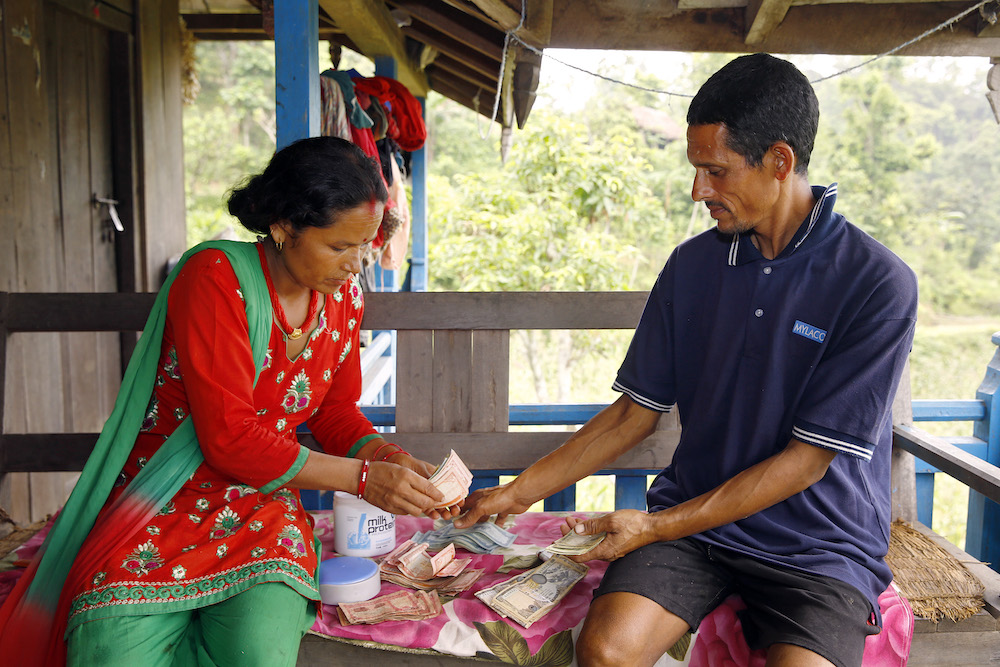
Can Safety Nets Reduce Gender-Based Violence? How?
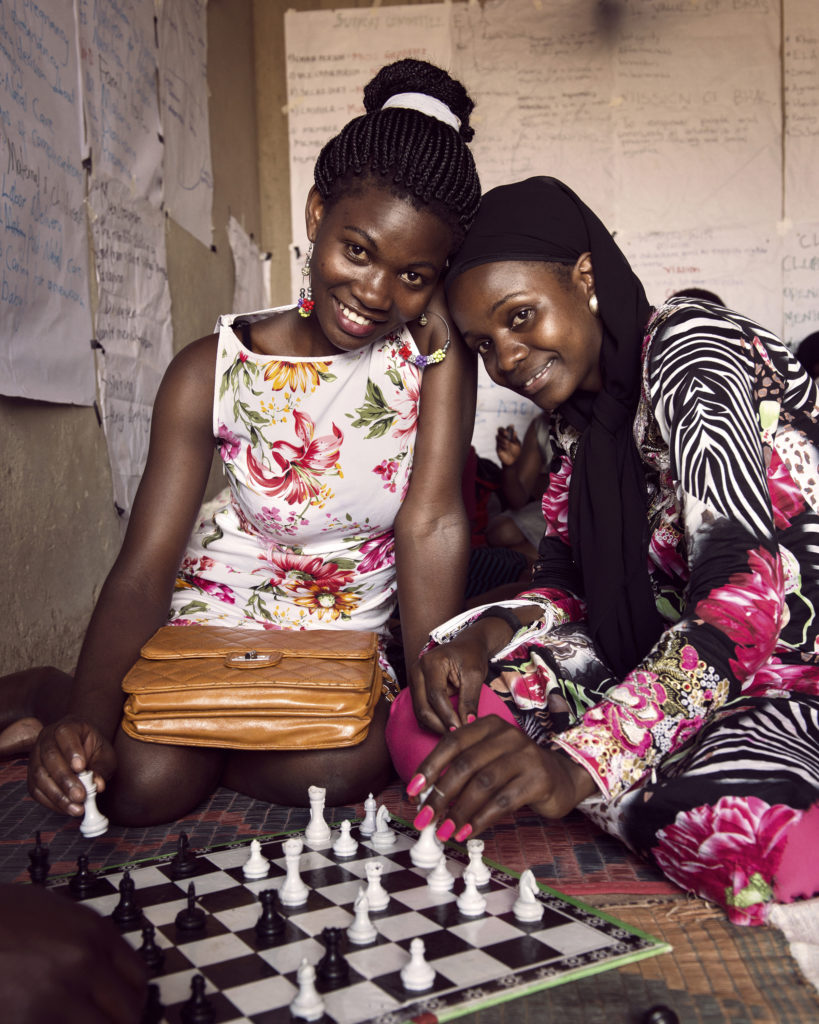
Addressing violence against women through social protection: a review of the evidence
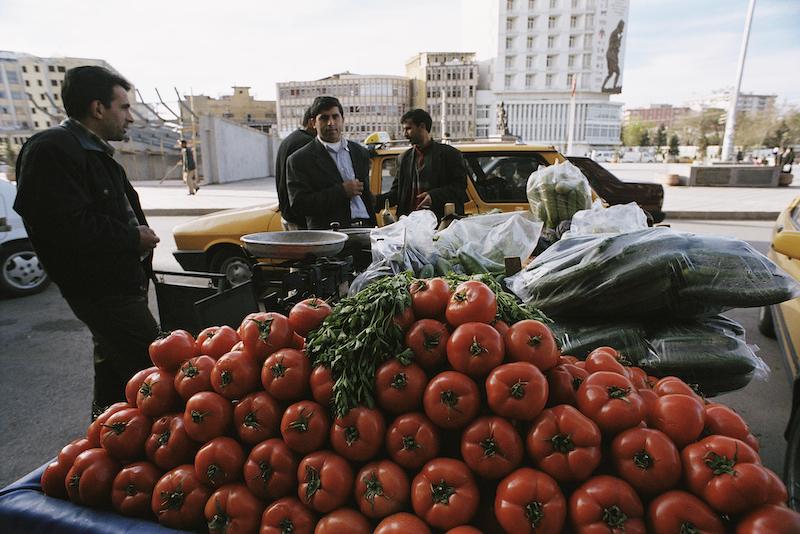
Cash Transfers and IPV: A Research View on Design and Implementation for Risk Mitigation and Prevention
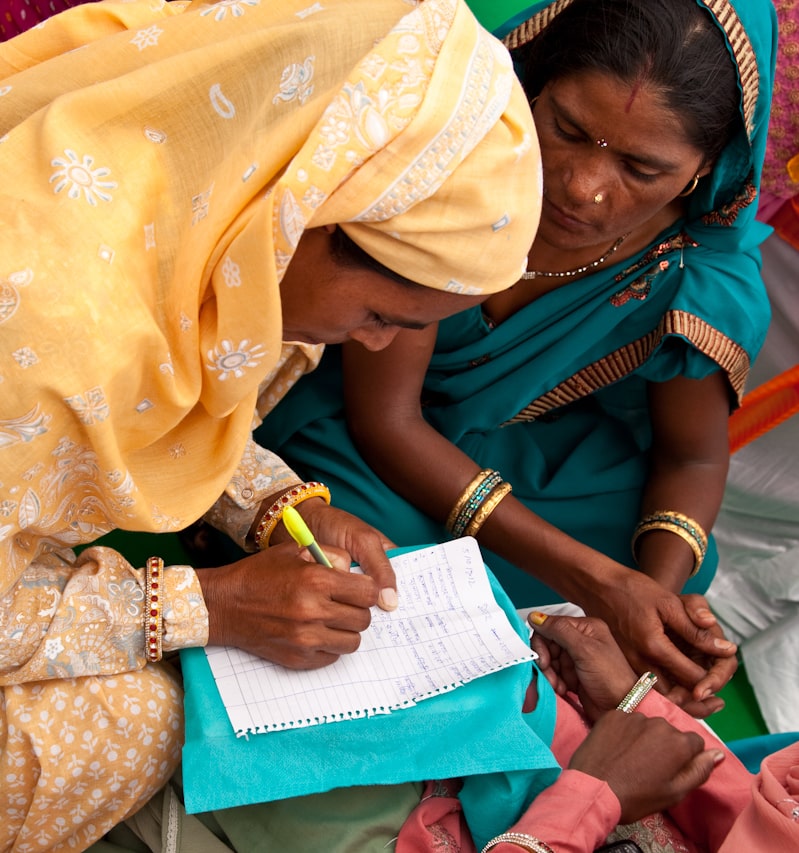
Cash Transfers and IPV
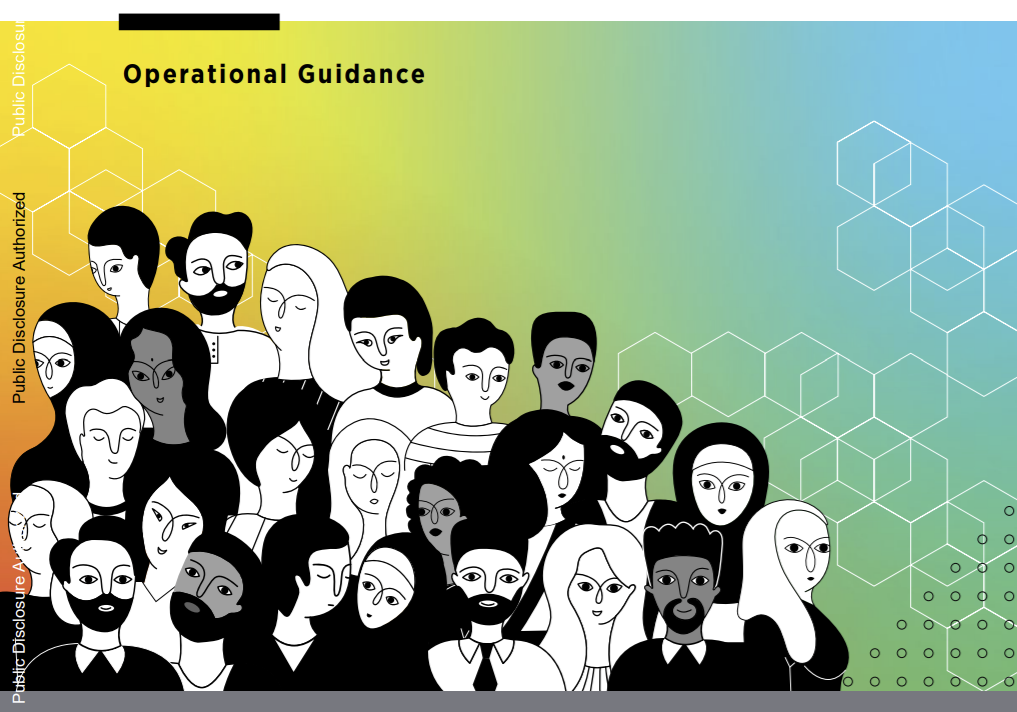
SAFETY FIRST: How to leverage social safety nets to prevent Gender Based Violence
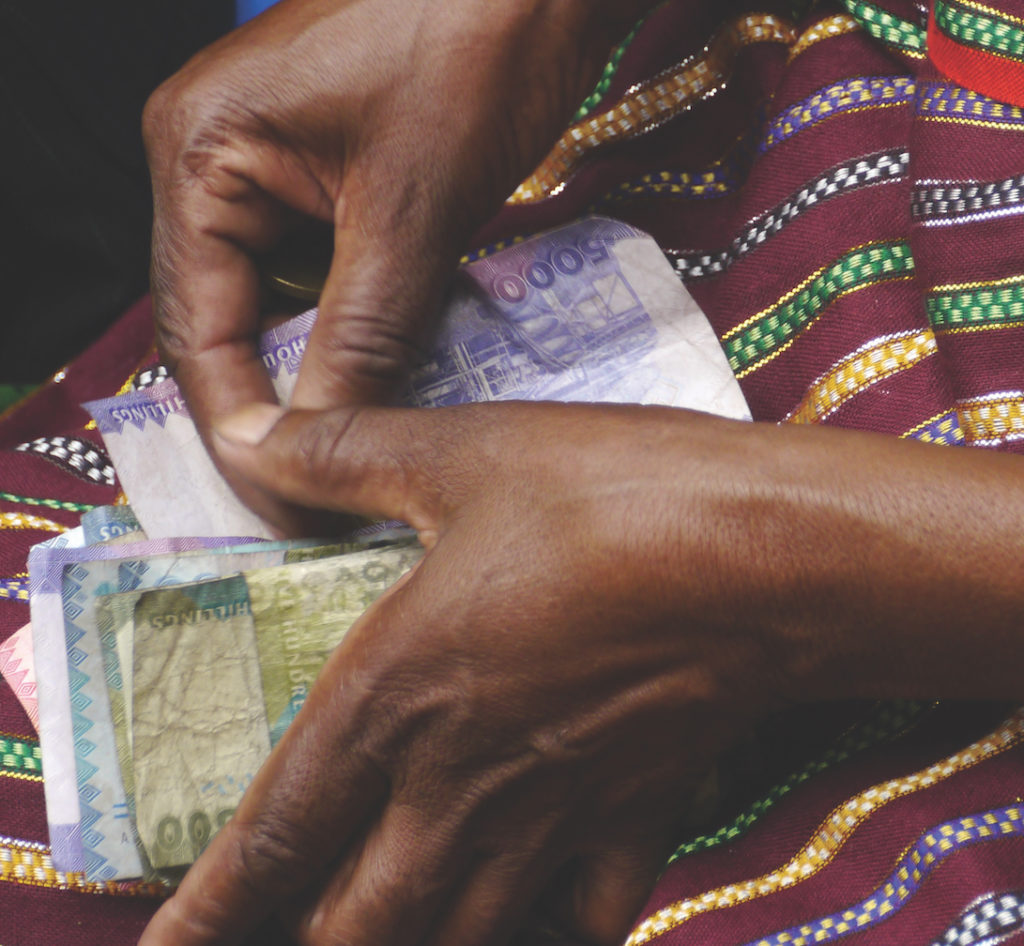
Humanitarian Cash Transfer Programming and GBV Outcomes


